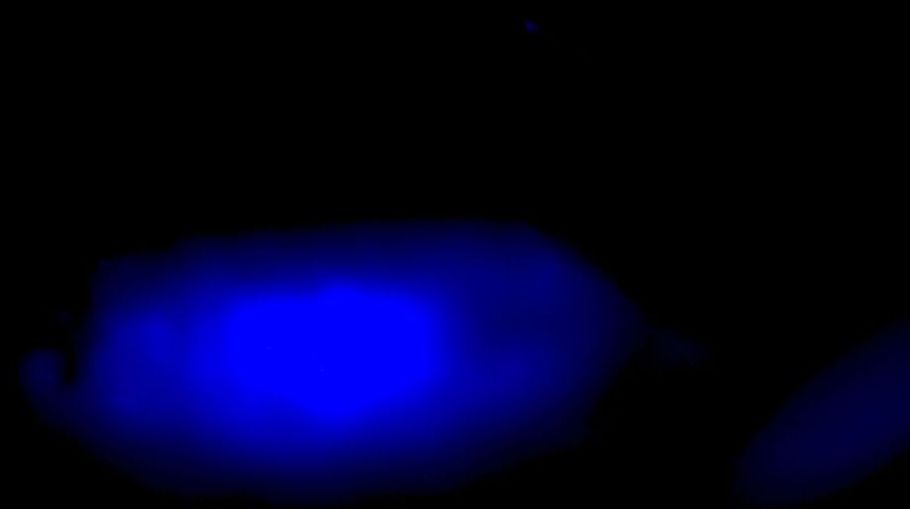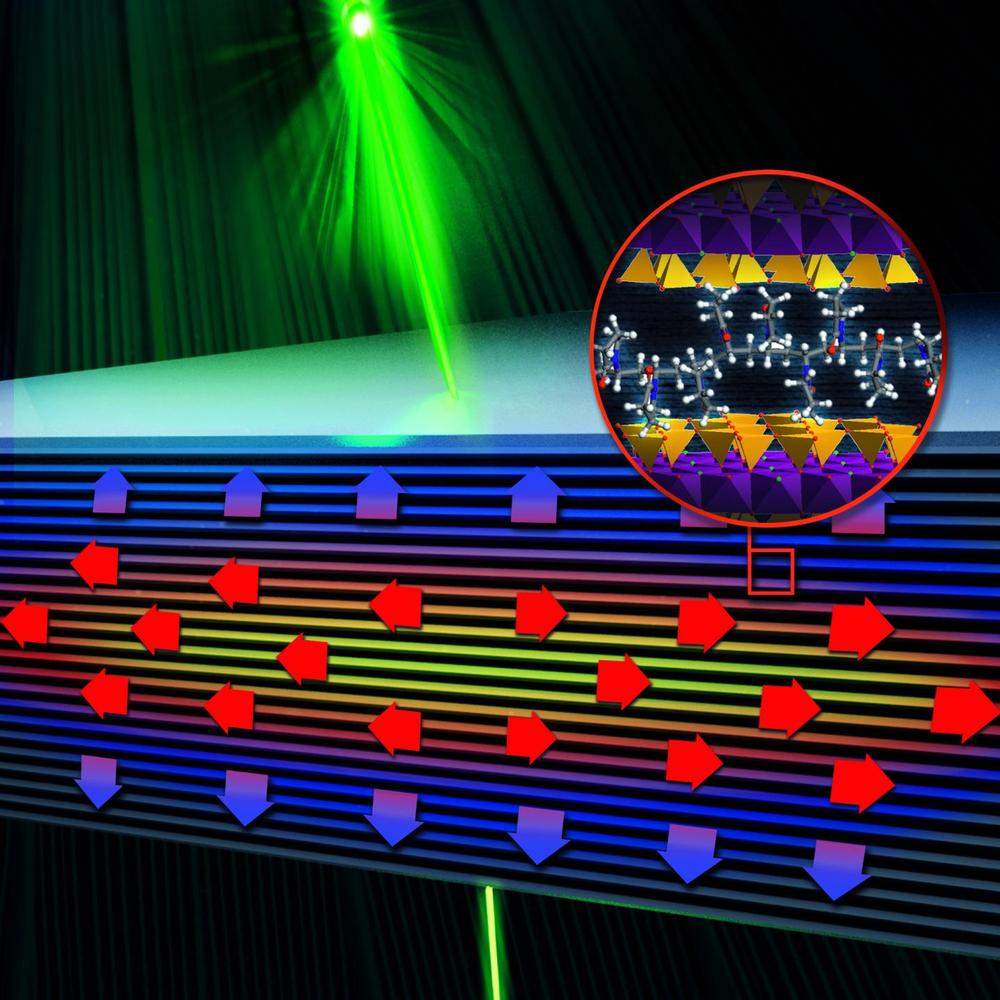In 1946 the Electronic Numerical Integrator and Computer, or the ENIAC, was introduced. The world’s first commercial computer was intended to be used by the military to project the trajectory of missiles, doing in a few seconds what it would otherwise take a human mathematician about three days. It’s 20,000 vacuum tubes (the glowing glass light bulb-like predecessors to the transistor) connected by 500,000 hand soldered wires were a marvel of human ingenuity and technology.
Imagine if it were possible to go back to the developers and users of that early marvel and make the case that in 70 years there would be ten billion computers worldwide and half of the world’s population would be walking around with computers 100,000,000 times as powerful as the ENIAC in their pants’ pockets.
You’d have been considered a lunatic!






